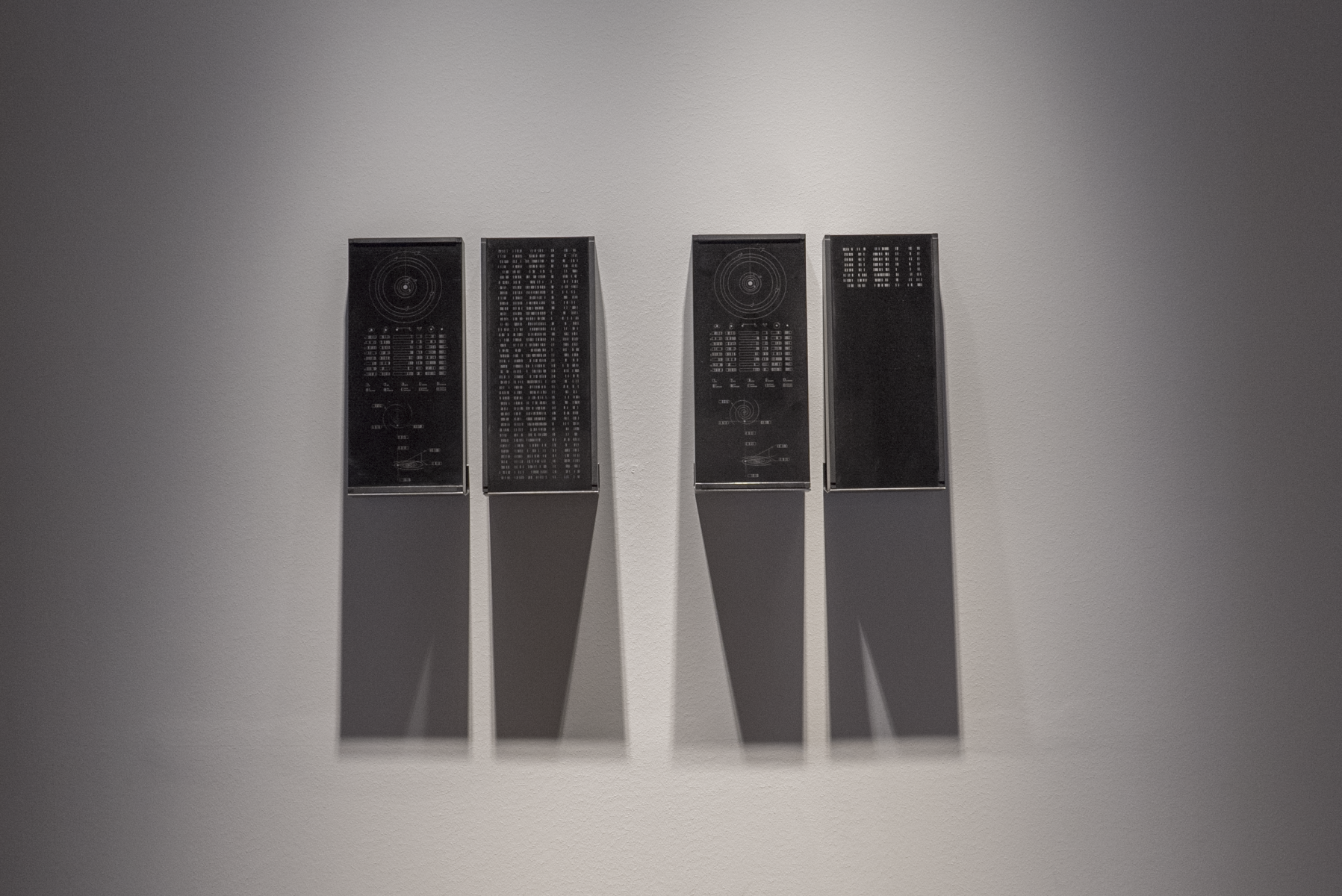
STONES

Storage Technology for Observed Nearby Extraterrestrial Shelters
STONES liberates objectively assured facts – the existence of all currently known exoplanets on which liquid water could exist and therefore life could develop – from any cultural interpretation. Transcribed into binary code, it passes their coordinates, their sizes, the duration of a year and other fundamental characteristics on to coming generations. One plate serves as a legend, ensuring that no prerequisite cultural background is necessary in order to decipher the pure information stored on the second granite tablet. Placing them on top of each other during storage further protects the precious data inside. Since all the information is given in proportion to its corresponding value on earth, the units will stay in a secure location on our current planet.
Astronomical research is very much subjected to mankind’s tendency to consider and evaluate its findings within the context of our own culture. Yet the truth of the scientific results reach far beyond the duration of our current civilizations. The mere detection of exoplanets in the habitable zone* already constitutes a scientific milestone, even if those objects turn out to be nothing more than rocky, empty planets. The chosen storage medium is one of the longest-lasting materials humankind knows. Although the process of engraving stone itself is slow and the maximum storage capacity very limited, it is technically easy to read and should secure the data for ten-thousands of years.
Apart from being a storage device, the monolith STONES may as well serve as guide to find salvation in the skies should the situation on Earth leave any remaining species with only one option: to become refugees.
* A planet outside our solar system, orbiting its parent star in a particular area so that water may be present on its surface in liquid form . This is regarded as a prerequisite for the emergence of life. So far, 44 such objects were identified. (Source: Planetary Habitability Laboratory, UPR Arecibo)
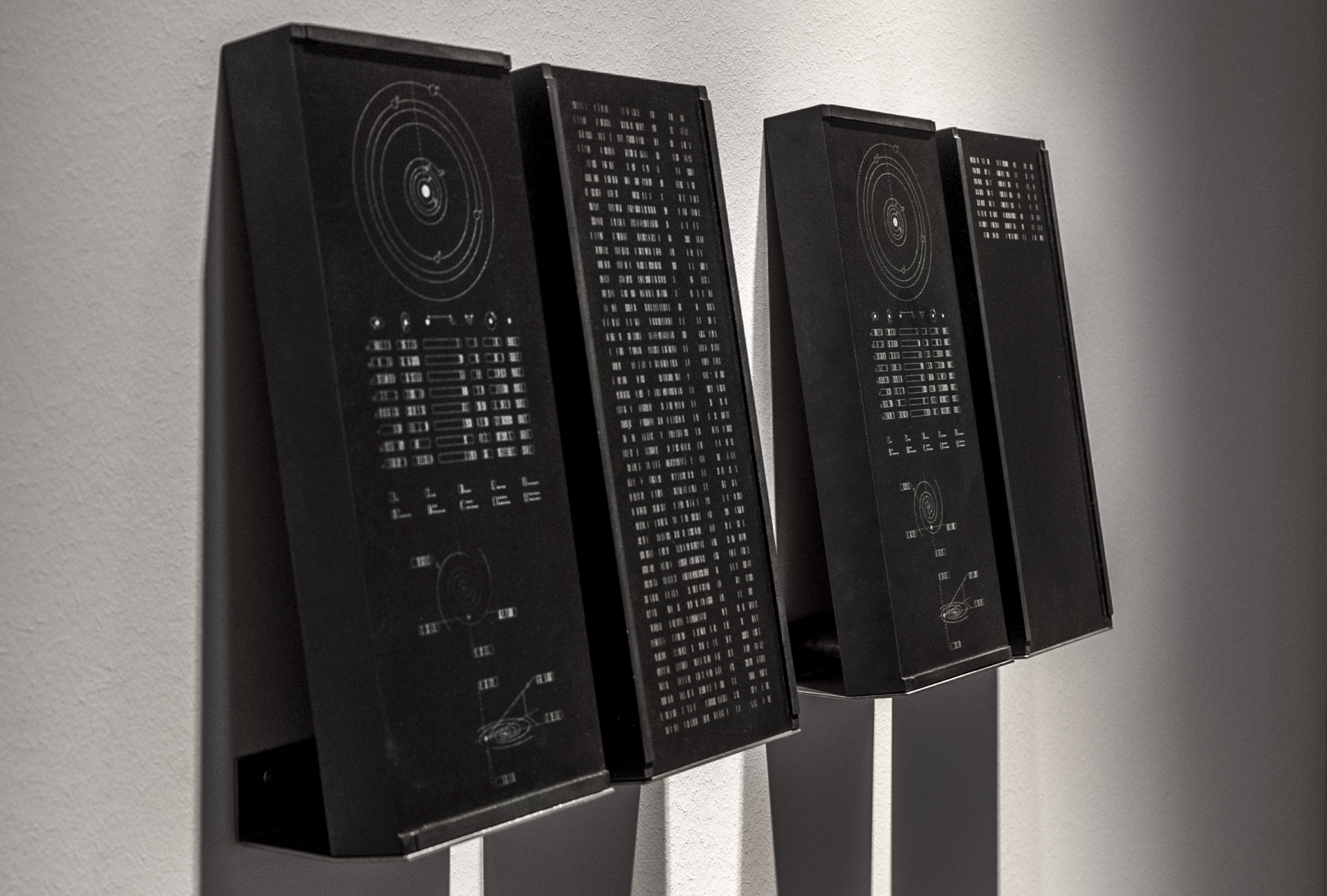
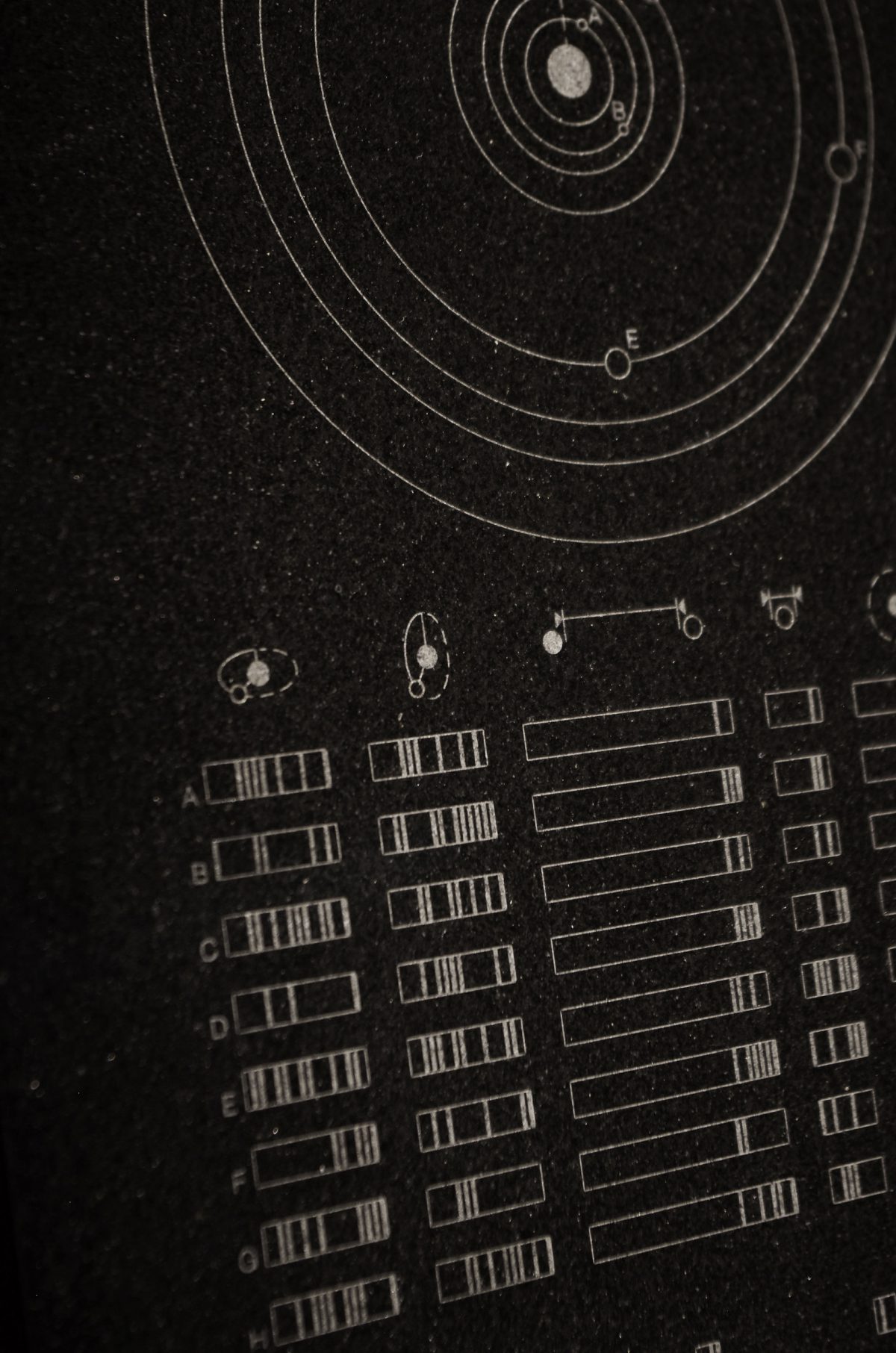
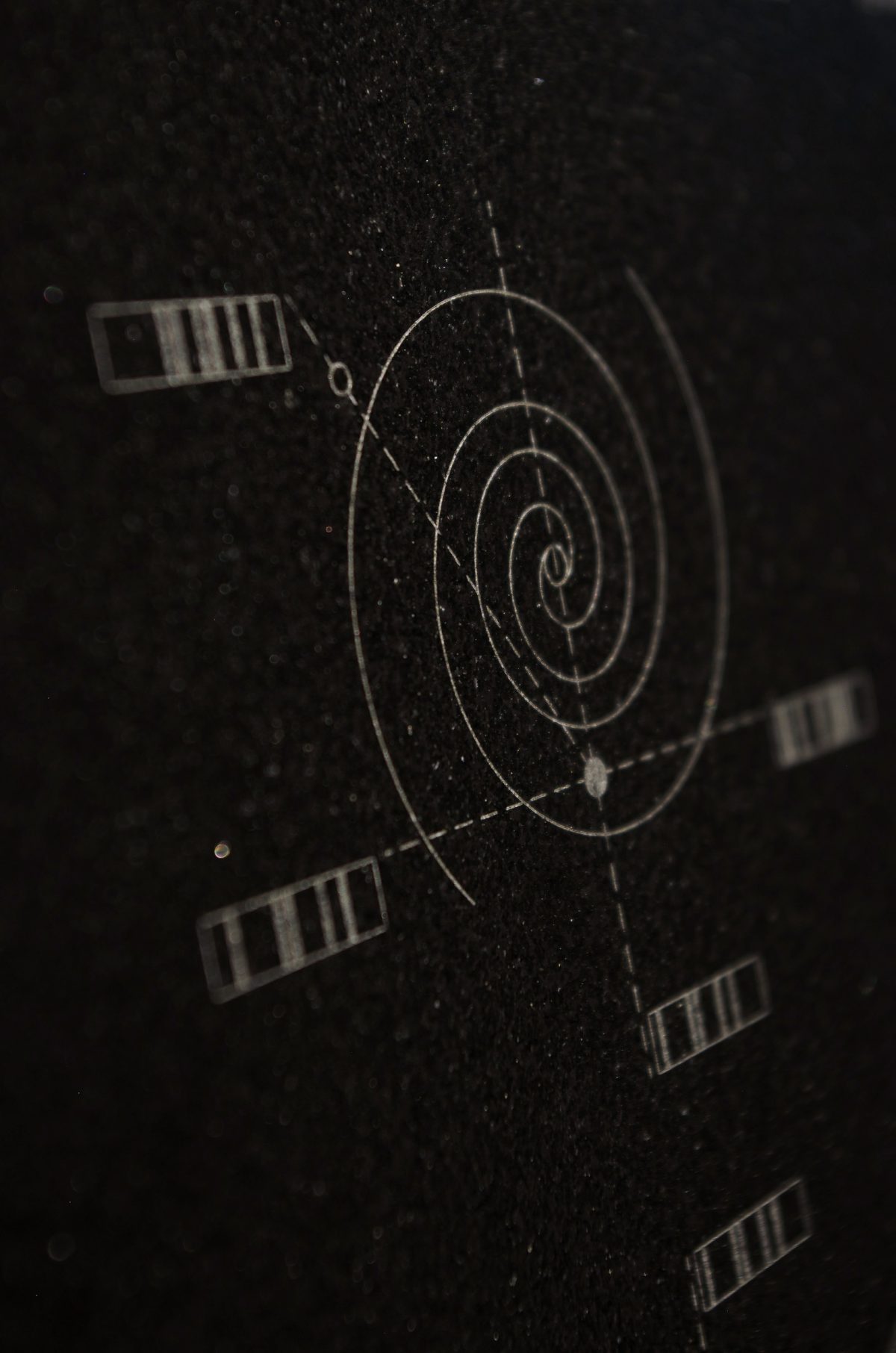
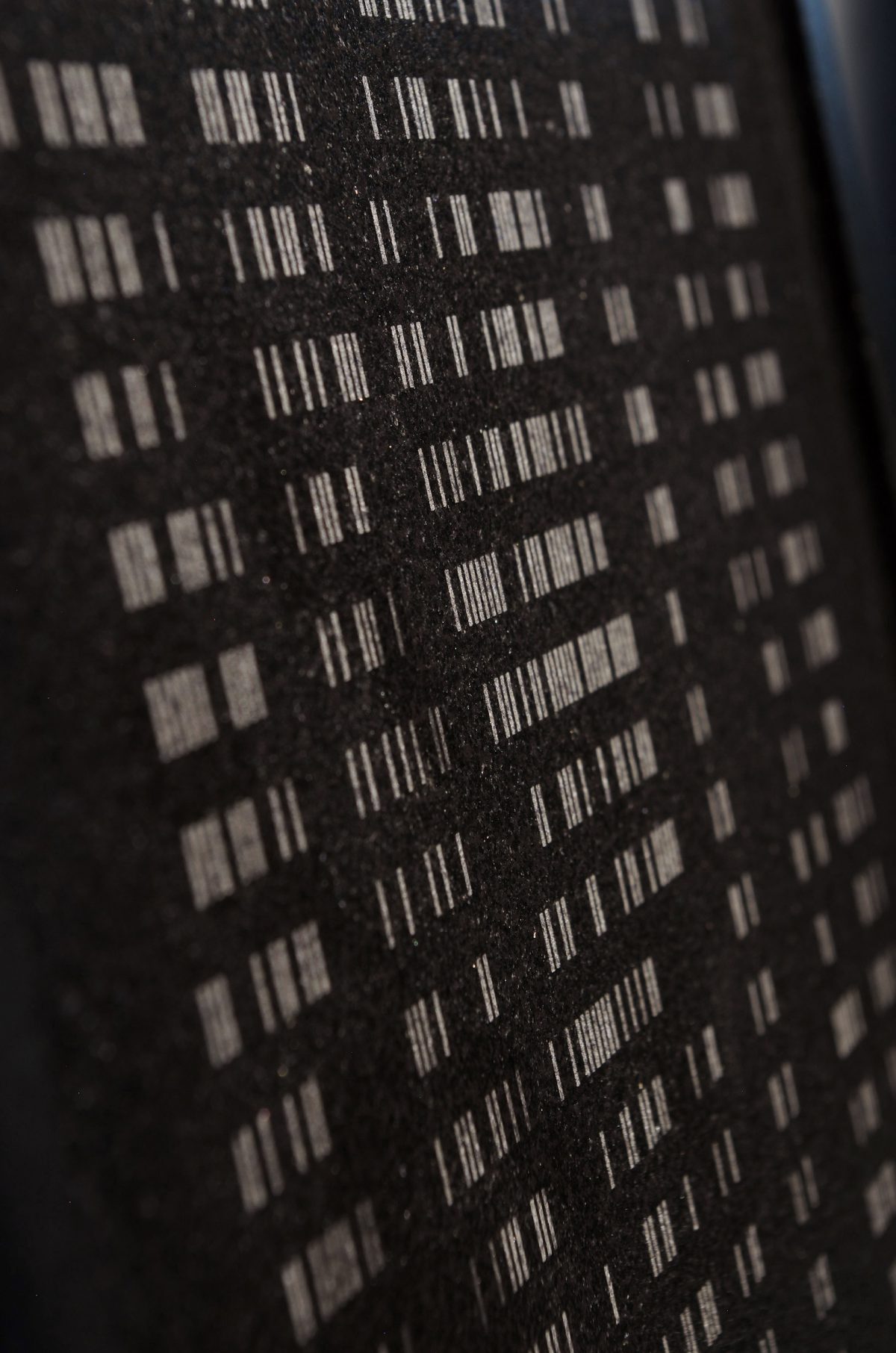
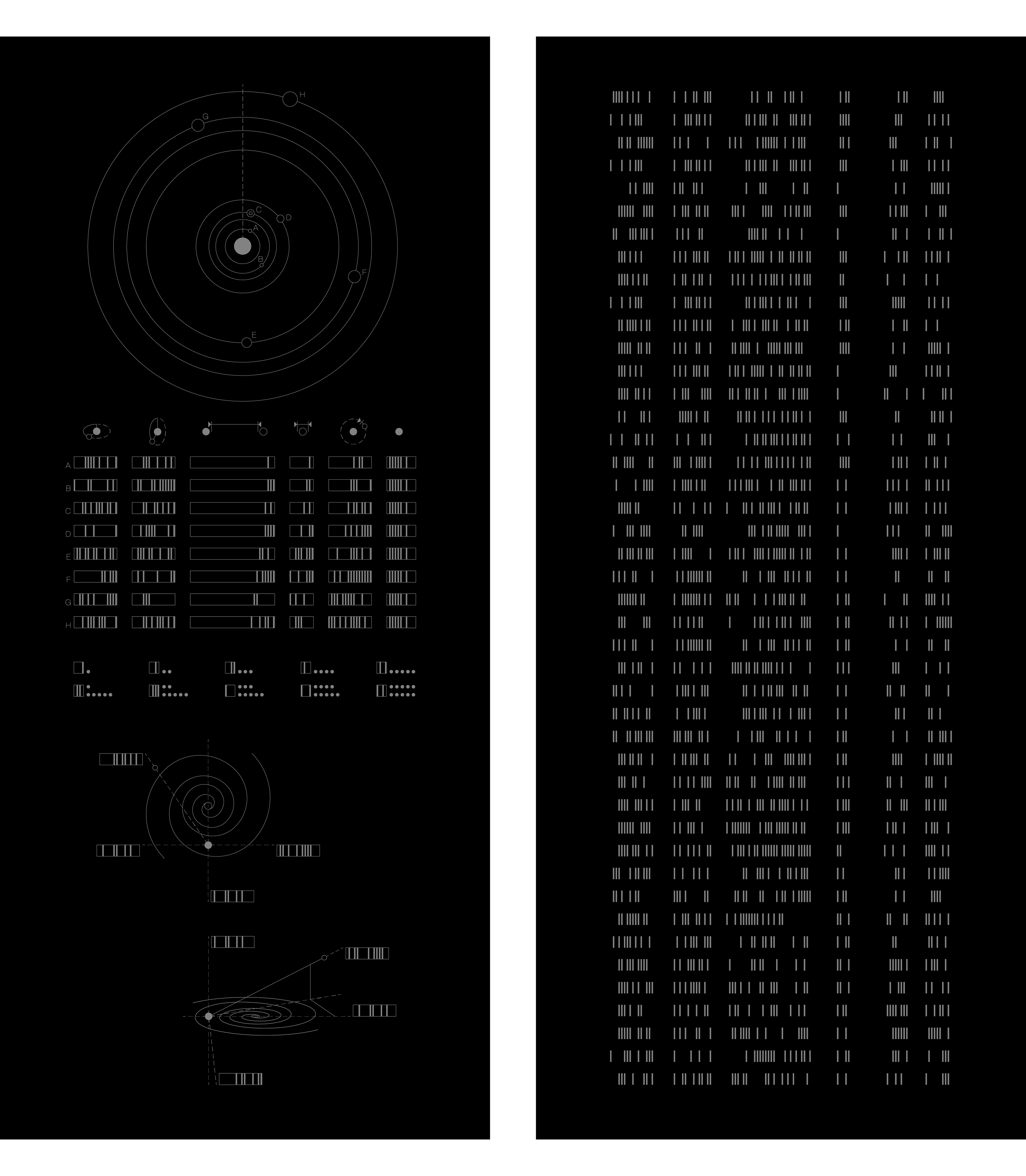
supported by Ars Electronica and Trotec Laser GMBH
Photography by Florian Voggeneder or Tycho Kilsdonk.
